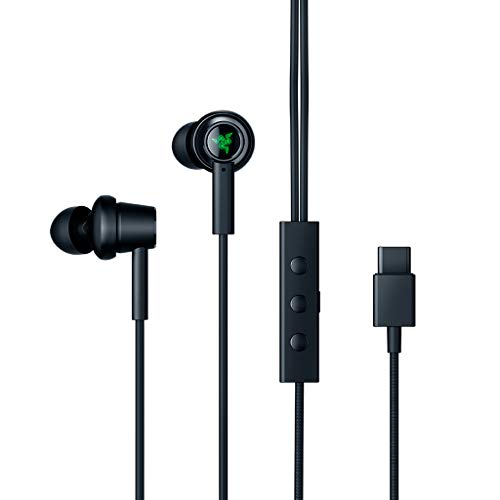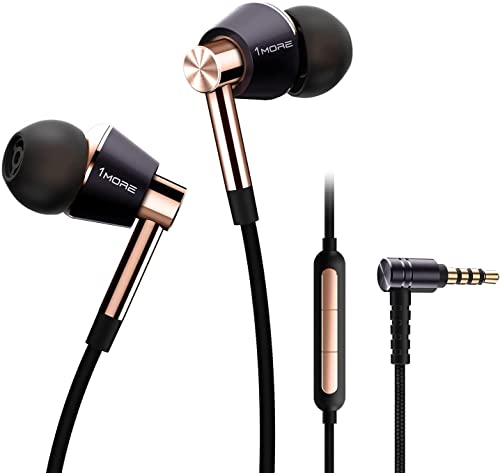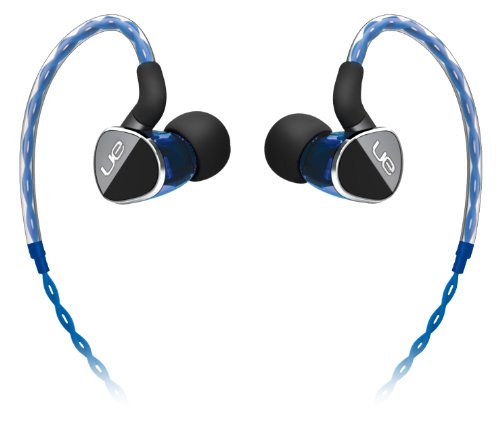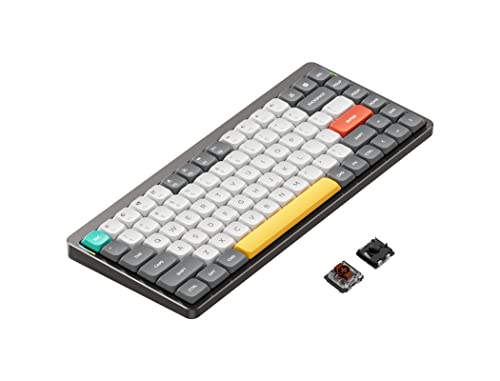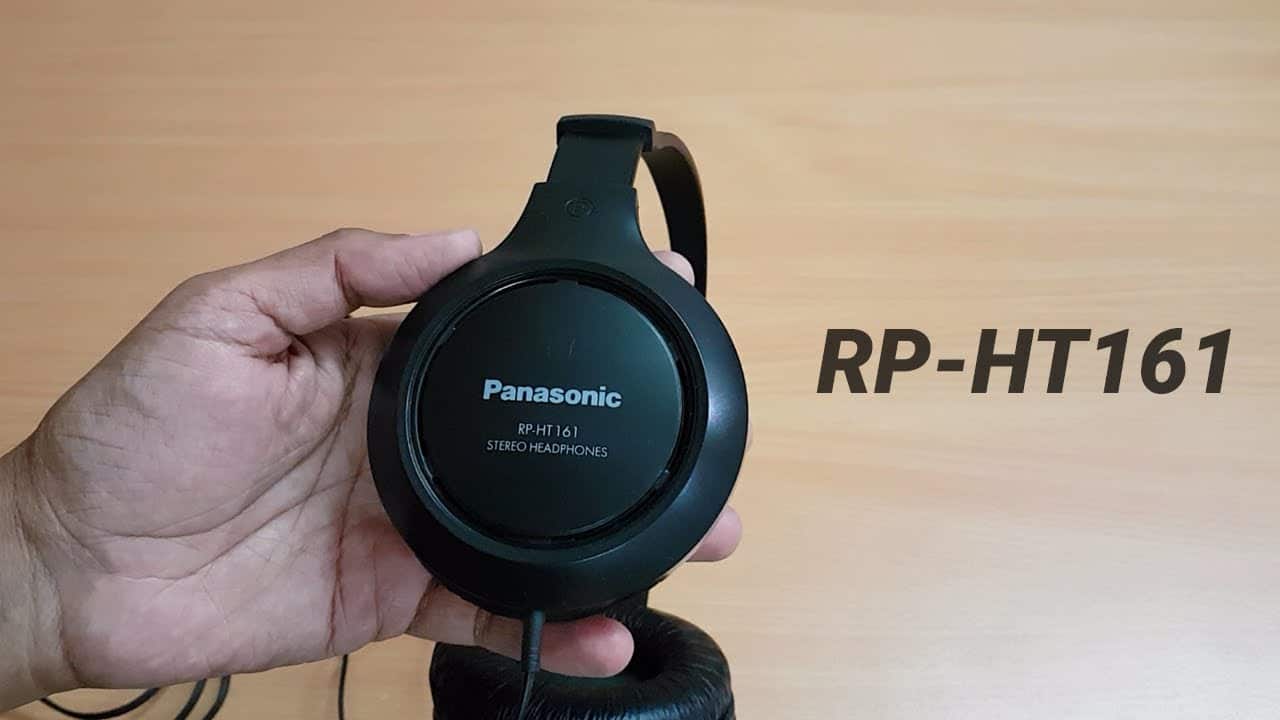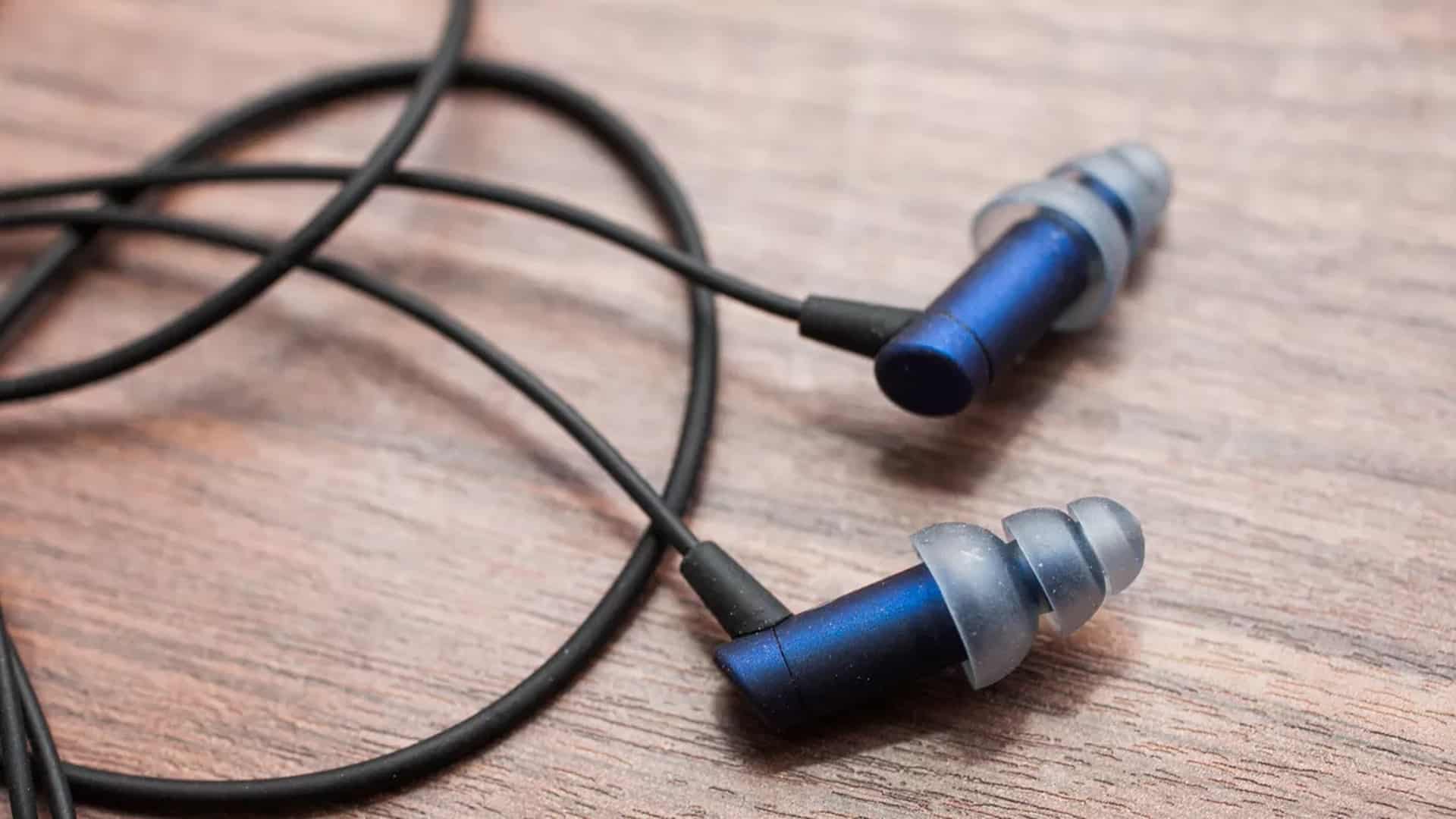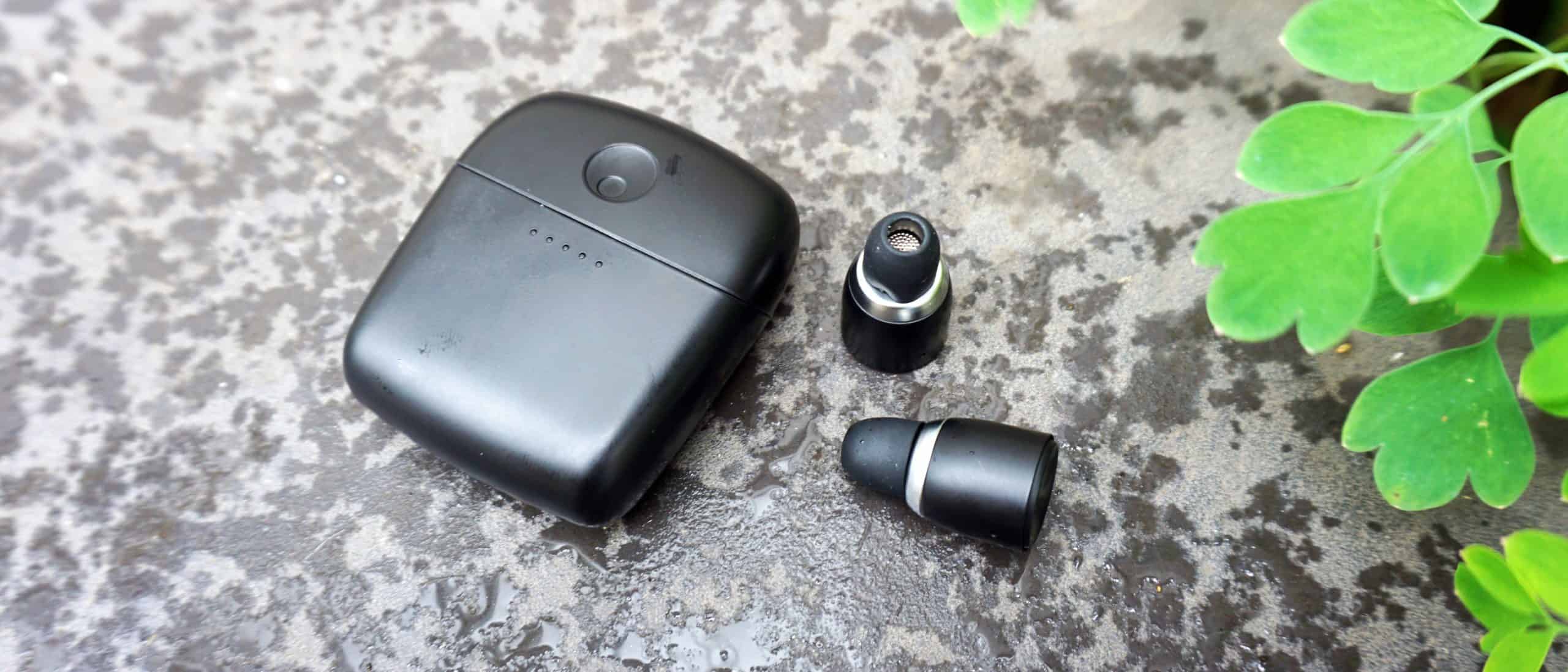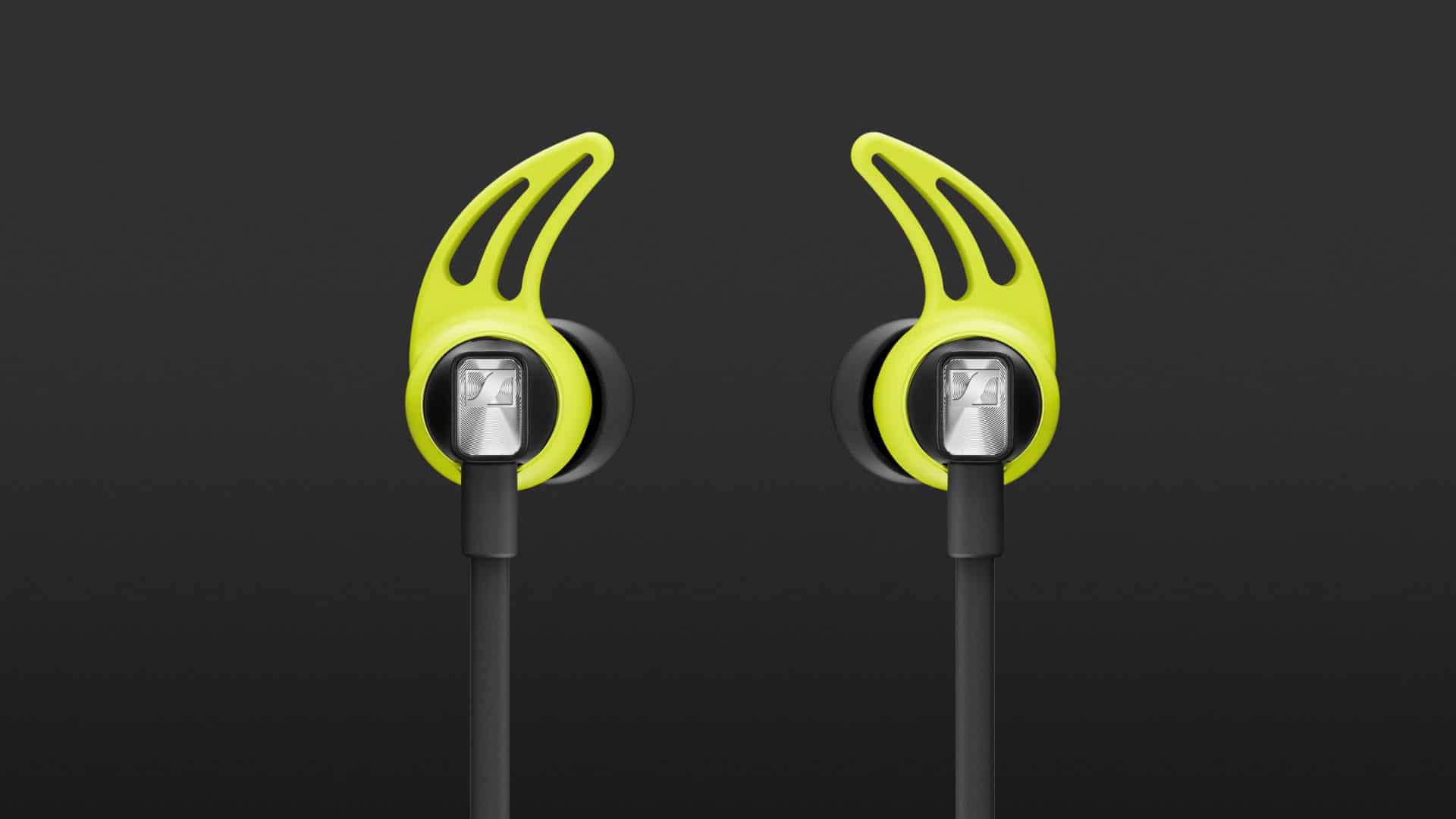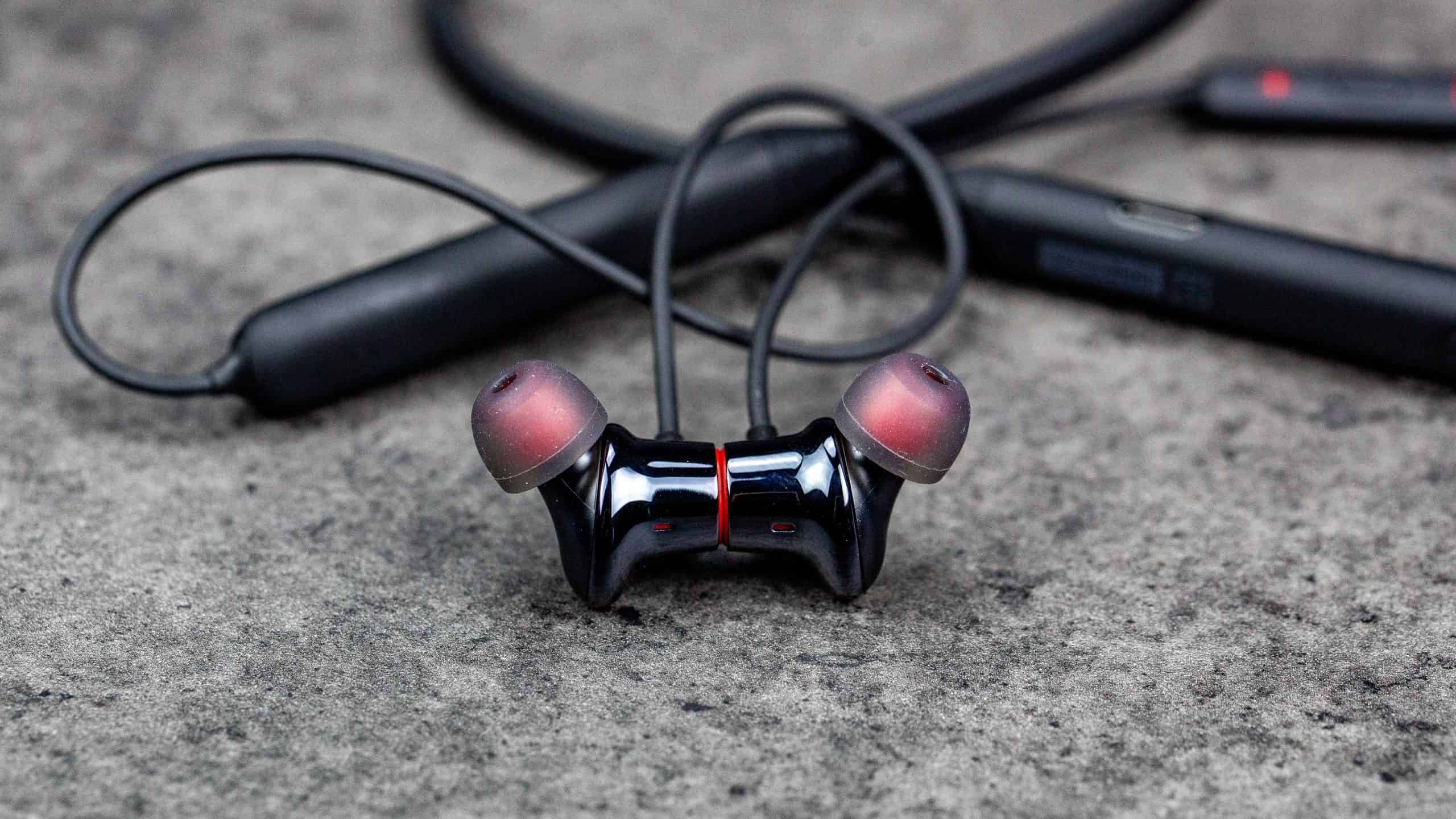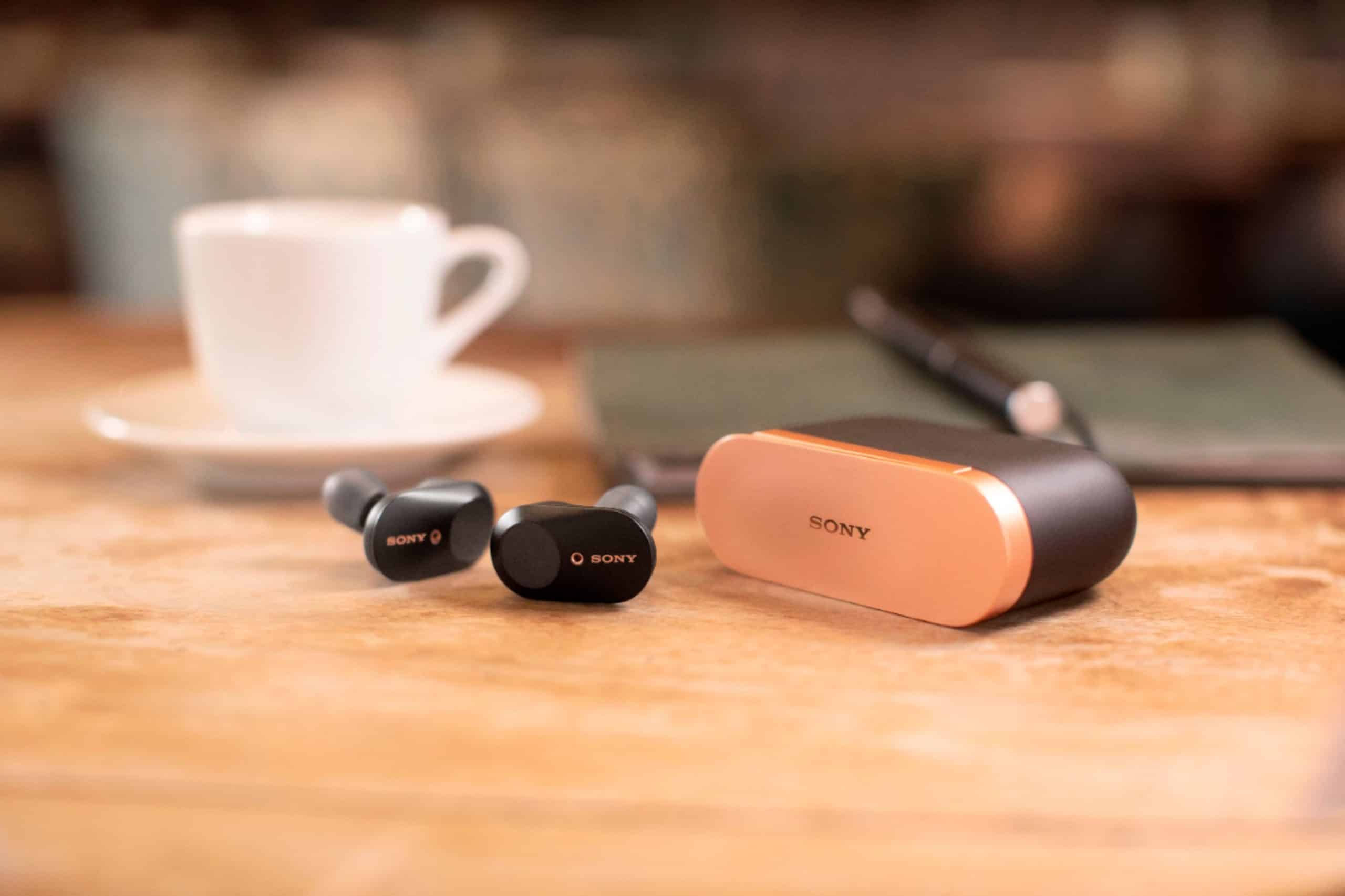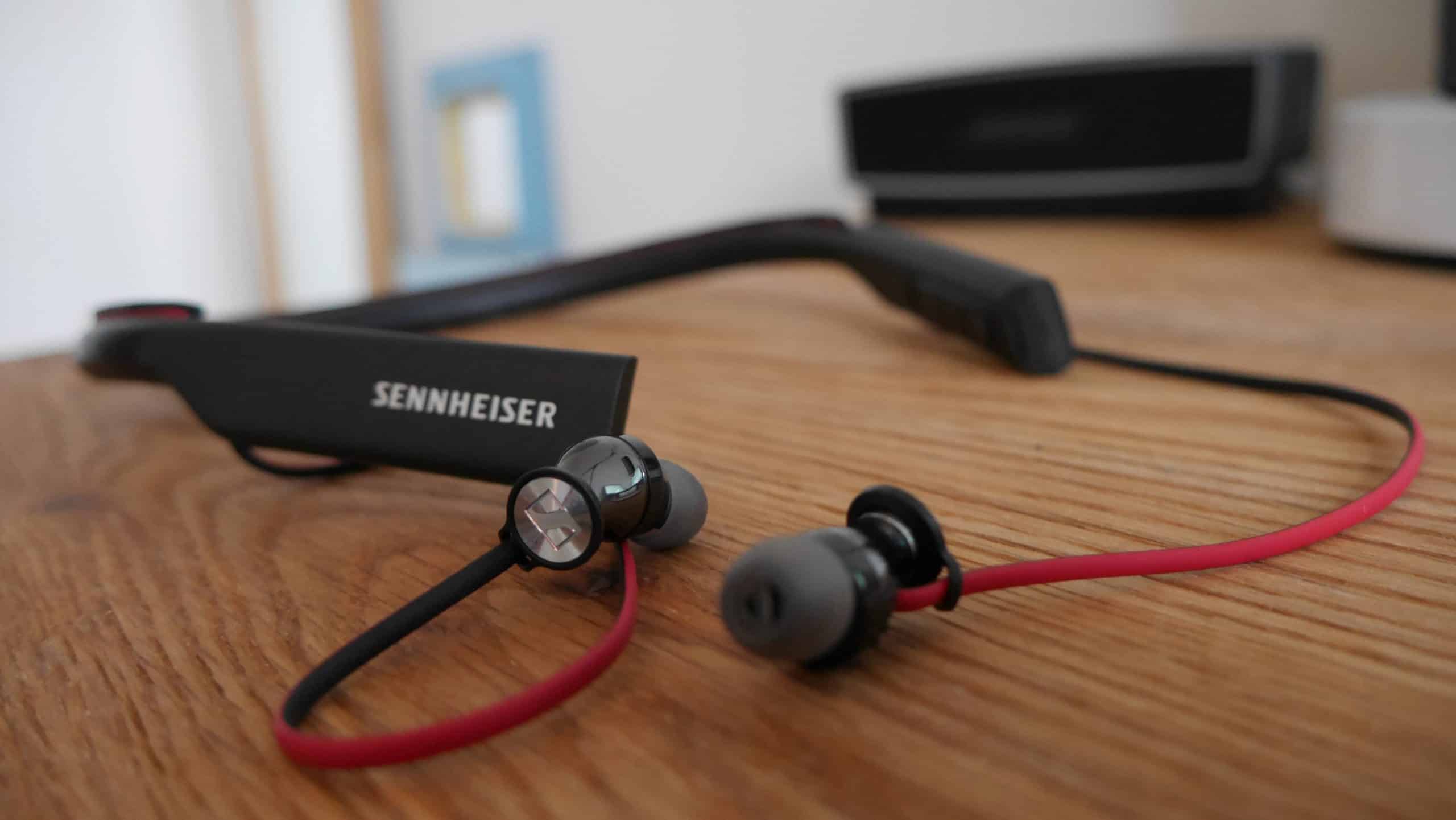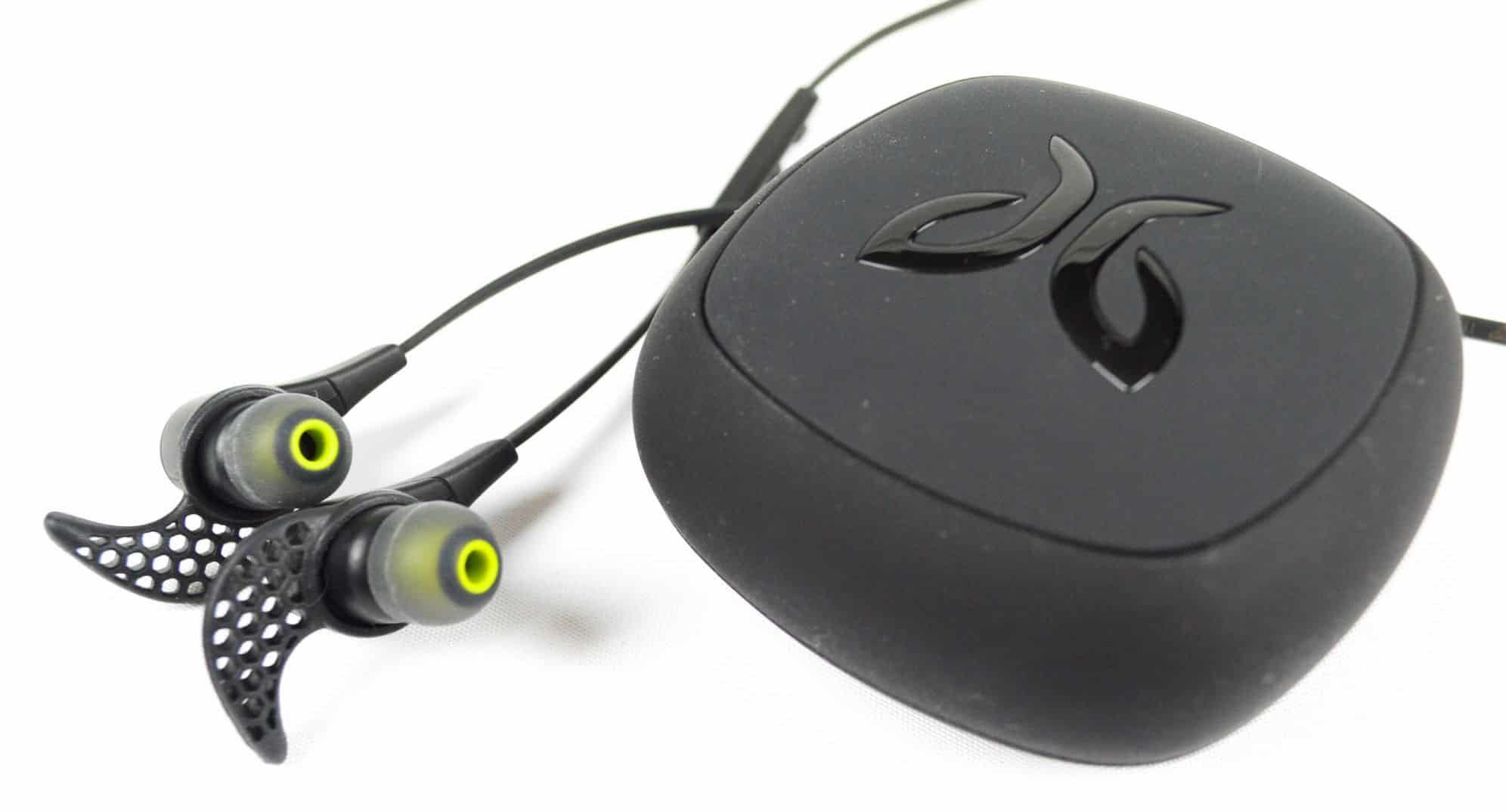If you’re shopping for the best wireless headphones, chances are you’re done with tangled or broken cords that can render even the best headphones useless. This means you’re ready to upgrade to a quality pair of Bluetooth headphones. And quite possibly, you’re also ready for a truly hands-free experience.
A good pair of Bluetooth headphones will not only support on-ear controls, such as volume adjustments and track selection but will also allow for voice functionality. At a minimum, this means that you can receive and end calls. But you might also want active noise cancellation support to block ambient sound. This means that you can enjoy your music or shows with no distractions from the outside world.
Keep reading our guide on the best wireless headphones to learn more. And if you’re thinking that a different pair of headphones might be a better fit for your listening needs, check out our best wired headphones buying guide.
Top Wireless Headphones
#1 Beats Solo3 Headphones
Award: TOP PICK
WHY WE LIKE IT: Running on an advanced chip, this device optimizes the listening experience and provides reliable connectivity. It has high-quality materials and uses Fast Fuel tech to charge very fast.
- Outstanding battery life
- Fast Fuel charging tech
- Apple W1 chip
- Lacks 3.5mm interface
Equipped with Apple’s W1 chip, the Beats Solo3 headphones optimize audio and provide reliable connectivity. This device uses Class 1 Bluetooth technology to provide stable pairing with various devices, including computers, iOS mobile devices, and Android smartphones. A Fast Fuel system charges this headset fast, providing enough power to last 3 hours after just 5 minutes of charging. On-ear controls enable adjusting the settings easily. However, this model doesn’t have a 3.5mm interface.
With heavily cushioned ear cups, these headphones provide a pleasant experience. They have a sleek, streamlined design that provides lasting durability. An adjustable headband with thick cushioning fits a wide variety of people. With a battery life of up to 40 hours, this headset is ideal for long flights. It’s available in a selection of attractive colors, including black, red, Rose Gold, and Satin Gold and it supports spatial audio, providing a hypnotic 3D listening experience when listening to movies and games.
#2 Zihnic 5962916613 Headphones
Award: HONORABLE MENTION
WHY WE LIKE IT: With folding, stretchable construction, this device is easy to store and it stands up to regular use. It connects wirelessly and comes with a 3.5mm cord for hassle-free connection to computers.
- Excellent build quality
- Bluetooth tech provides wide-ranging use
- Comes with a 3.5mm cord
- So-so noise cancelation
The Zihnic 5962916613 headphones feature large sound drivers, delivering refined sound. This headset uses noise reduction tech, allowing users to focus on the music or game. Thick foam ear cup cushions with leatherette ear muffs provide comfort, and the headphones have a stretchable, foldable design that stands up to rough handling. Featuring built-in Bluetooth, this headset is compatible with devices ranging from computers to smartphones. However, the noise cancellation tech on these headphones is not very powerful.
These headphones can also connect to devices via a 3.5mm plug, providing stable connections. A built-in microphone supports making voice calls and chatting in eSports. This headset features high-quality materials that last. It’s available in a range of attractive colors, including black-blue, Rose Gold, purple, and orange. With a built-in 450 mAh lithium-ion battery, this device provides a music listening time of about 14 hours, and it charges fully in about 2.5 hours.
#3 Soundcore Life Q30 Headphones
Award: BEST BATTERY LIFE
WHY WE LIKE IT: With advanced ANC sound isolating tech, this headset reduces background chatter, making it a good choice for calls and gaming. It has an astounding battery life, playing music for up to 60 hours on a single charge.
- Outstanding battery life of up to 60 hours
- Advanced active noise canceling tech
- Heavily padded ear cushions
- ANC is limited over some wired connections
Famed for noise cancellation technology, the Soundcore Life Q30 headphones will appeal to gamers and people who want to make calls. These headphones are equipped with dual microphones that capture the user’s voice in crisp detail. These mics have active noise canceling tech, reducing ambient sound by up to 95%. This headset will suit people who use public transport or who listen to music while jogging on the roadside. However, ANC doesn’t work with wired connections on some devices.
The headset has 40 mm devices with an extended range that riches a whopping 40KHz, providing thumping bass, accurate mids, and sharp high tones. It has a music playtime of up to 40 hours in noise-canceling mode and 60 hours in the normal mode. With an ultra short charge time, this headset provides a listening time of about 4 hours after about five minutes of charging. Premium materials on this model provide durability, and it features memory foam padding with a protein leather liner.
#4 Bose 700 Headphones
Award: BEST ANC TECH
WHY WE LIKE IT: Featuring 11 different levels of ANC, this headset allows users to customize ambient sound reduction. It has an ultra-sensitive mic system and works with the Bose Music application for advanced management.
- Outstanding mic
- 11 levels of advanced noise cancellation
- On-ear-cup controls
- Relatively low battery life
The Bose 700 headphones excel at noise reduction, featuring 11 different levels of active noise cancellation. It is ideal for voice calls, video calls, gaming, and streaming podcasts. With a built-in mic, this headphone picks up sound with great details. It works with voice assistants such as Amazon Alexa and Google Assistant to simplify navigation and deliver weather reports and other content. However, the battery life of about 20 hours is a bit low compared to other wireless headphones.
This headset has a one-touch Spotify preset for iOS devices, allowing users to access the platform by tapping and holding the right ear cup. A stylish, minimalist style will add a touch of sophistication to any desk, while on-earcup controls enable simple customization. The headset also works with the Bose Music app for managing settings. It uses Bluetooth tech and comes with a carrying case for hassle-free transportation. This headset has high-quality audio drivers with balanced sounds at every volume level.
#5 iJoy LGE-PRE-STL Headphones
Award: BEST RADIO RECEIVER
WHY WE LIKE IT: With an integrated radio receiver, this device allows users to access their favorite stations easily. It has a built-in microSD port and it has a folding design for hassle-free storage.
- Outstanding folding design
- Built-in FM receiver
- MicroSD card slot
- Low battery life
Users seeking a device with deep bass will be pleased with the iJoy LGE-PRE-STL headphones. These Bluetooth 4.1 headphones feature soft memory foam cushions with protein earmuffs for comfort, and the ear cups are flexible, remaining comfortable when the user bends the head to one side. An adjustable headband with generous cushioning fits a wide variety of heads. Although it has a rechargeable 250 mAH battery, its music playback time of about 6 hours is on the low side.
A built-in radio receiver allows users to tune in to their favorite stations without an internet connection. The headset has built-in noise canceling tech to reduce ambient noise when jogging or traveling in public transit. A microSD card slot on this headset enables listening to thousands of tracks without connecting to any device. This model has an Equalizer, allowing users to change settings as needed. It folds for hassle-free storage and transportation, and a five-button control panel on the left earcup offers hassle-free customization.
#6 Prtukyt 6S Headphones
Award: BEST FOLDING HEADPHONES
WHY WE LIKE IT: Advanced LE cordless tech provides stable connections to a wide variety of devices. The headset boasts an extended frequency response range, delivering accurate mids, lows, and highs. The headphones fold for simple storage.
- Outstanding frequency response range
- Bluetooth 5.0 tech
- Comes with a 3.5mm cord
- Doesn’t come with a case
The Prtukyt 6S headphones use Hi-Fi tech to deliver amazingly crisp sounds. This device uses Bluetooth 5.0 tech to connect to various devices, without expending too much energy. With high-quality balanced audio drivers and an extended frequency response range, this headset delivers accurate highs, mids, and lows. This unit comes with ultra-comfortable earmuffs and it’s lightweight, making it a good choice for jogging. However, this model doesn’t come with a case.
A 500 mAh rechargeable battery delivers up to 30 hours of music playtime, and it charges fully in around 2.5 hours. This headset also supports a wired connection via a 3.5mm plug and it has an attractive black and gold color scheme, and it is also available in Rose Gold, and white-gold. This headset features various controls conveniently located on the earcup for hassle-free operation. It offers stable connections to computers, mobile devices, gaming consoles, and smartphones.
Beginner’s Guide to Wireless Headphones
What are Wireless Headphones?
Wireless headphones are a tech innovation that allows for a wire-free listening experience. These headphones rely on Bluetooth to create a wireless connection to a device — either a smartphone, tablet, or computer.
These headphones can come in a variety of configurations, which include in-ear (earbuds), on-ear, and over-ear designs. Because they rely on a Bluetooth connection, they have to be recharged periodically. Depending on the headphone style, you’ll either rely on a charging case if you have wireless earbuds, or there will be a charging port (usually micro-USB or USB-C) to support a wired charging connection.
However, for on-ear and over-ear wireless headphones, many models also come with an auxiliary cable that supports a wired 3.5-millimeter jack connection. The benefit of this is that, assuming you have the cable with you, if the battery dies, you can easily convert your headphones into the wired configuration and continue using them in an analog mode.
Wireless Headphones vs Other Headphones
The biggest difference between wireless headphones and other wired models is the wireless connectivity. As mentioned earlier, wireless headphones leverage Bluetooth technology to establish a dedicated connection to other tech devices.
Additionally, these types of headphones tend to support wider functionality than their analog counterparts. For example, once connected to a device, you can easily adjust the volume, skip between tracks, and more importantly — have access to voice support. At a minimum, this means that you can answer and end calls and leverage the built-in microphone to enjoy hands-free calls. You’ll want to see our round up of top headphones with a mic for more options.
But for people that rely on a voice assistant, this also means you can interact with Siri, Cortana, Google Assistant, or Alexa. Usually, wired headphones rarely offer more than volume control and track selection support. Also, keep in mind that some wireless headphones also come with auxiliary cables to support a wired 3.5-millimeter connection.
This versatility can be ideal if the battery dies and you’re not able to immediately recharge your headphones. Alternatively, if you’re in a location where you can’t connect to Bluetooth, having that backup wire means you don’t have to stop listening to your music.
However, not all wireless headphones (especially the leading true wireless earbuds) offer this backup feature. Plus, even some of the greatest earbuds with a mic don’t have this option, either. Additionally, for people that are serious audiophiles, even the best pair of wireless headphones tends to have poorer audio output than their wired counterparts due to digital audio compression.
How Wireless Headphones Work
Wireless headphones are self-powered devices that receive signals and transmit audio content. Regardless of the style, most wireless headphones leverage Bluetooth technology to establish a connection with other devices. To support this, these headphones will have a chip in them that’s Bluetooth-enabled. You’ll find this feature in our Beats studio wireless over-ear headphones review.
Once a connection is established, the headphones will receive radio transmissions which are then converted into audio. In most cases, wireless headphones allow users to move freely away from the paired device — usually around 30 feet.
Because of the extra power needed to support a Bluetooth connection, most wireless headphones rely on batteries. So, periodically, they’ll need to be recharged. And you’ll find as you shop for a pair of wireless headphones that the total hours of playtime between charges is listed in hours of battery life.
Depending on your wireless headphone style, charging is achieved either by plugging a charging cable directly into a can (for over-ear and on-ear models) or a case (for wireless earbuds). However, Apple AirPods Pro supports wireless Qi charging via the accompanying case.
Usually, the runtime categories (from largest to smallest) will include standby mode, music/audio playback mode, and talk time. Standby simply means that your headphones are on but not actively being used. Audio playback means that you’re listening to content. And talk time refers to how long you can spend on a call between charges.
Why You Should Buy Wireless Headphones
If you’re committed to cutting the cord in all aspects of your life, a good pair of wireless headphones is the first start. Especially as more and more tech devices are phasing out audio jacks, Bluetooth-based wireless headphones are increasingly popular. Another wireless headset gaining popularity is the bone phone; which you can read about in our comparison article here: Aftershokz Openmove Vs Trekz Air.
Are Wireless Headphones Worth Having?
- Your Phone Lacks an Audio Jack: Anyone who remembers when the iPhone did away with the 3.5-millimeter audio jack knows that this was around the time that Bluetooth headphones became increasingly popular. Sure you could use a dongle as a workaround — but that meant one more thing to lose or break.
- You Want to Be Hands-free: Having to fumble for wires or to pull your phone out of your pocket to flip to the next track is a pain. With built-in controls on your headphones, you can easily skip tracks, adjust the volume levels, and even accept or end calls.
- You’re Tired of Wires: The one key weakness with wired headphones is, well, the wire. If it gets bent, the internal wires can become damaged. And that leads to audio that cuts out intermittently or headphones that stop working completely. With wireless headphones, you don’t have that issue.
Why Wireless Headphones May Not Be for You
- You’re Concerned About Sound Quality: One of the biggest advantages that wired headphones to have over wireless versions is the sound quality — especially if you invest in a quality pair. For people where audio clarity is paramount, you can’t beat a pair of wired headphones, as you’ll see in our Logitech UE 900 noise isolating earphones review.
- You Dislike Getting Cut Off: Wireless headphones are cool until you’re nowhere near a charging station and your headphones die. Especially if you have a pair that doesn’t come with a backup wire, this is incredibly frustrating.
- You Don’t Care About Hands-free Calls: Not everyone is obsessed with a pair of headphones that supports hands-free calls. And many wired headphones do incorporate a microphone on the wire.
How Long Will Wireless Headphones Last?
The average lifespan for a pair of headphones — regardless of whether they’re wired or wireless — is two to five years. And as with most other products, your lifespan may vary based on a few different factors.
Specifically for wireless headphones, the Bluetooth version you’re using will be important. Technology is always innovating. And, if you’re relying on a much older Bluetooth version to pair devices, don’t be surprised if the connectivity starts to decline over time. This can manifest as music or audio content that cuts out occasionally. However, if you’re using Bluetooth 4.0 or higher, you should experience less interference.
Additionally, user behavior can’t be ignored. If you’re rough with your headphones, constantly leave them smashed in a bag or let them get damaged, you can’t expect them to last five years. To get the most mileage out of your headphones, keep them stored in their case when not in use — especially earbuds so you don’t lose them.
How to Choose Wireless Headphones
With wireless headphones, you’ll still care about audio quality and build durability, but there are a few features that are specifically unique to this product category. In particular, we’re talking about aspects such as hours of listening time and Bluetooth support.
Best Wireless Headphones Factors to Consider
1. What Bluetooth version do the headphones use?
This is a question that will impact how long you’ll be able to reasonably use your headphones before needing to upgrade to a newer model. These days, Bluetooth has evolved all the way to version 5.2, which was released in 2020.
This is important to know because devices that are Bluetooth 5 or higher tend to be backward compatible — meaning that they can still be paired with accessories using earlier Bluetooth 4 versions. In theory, you could buy a pair of Bluetooth 4.2 wireless headphones and have them connect perfectly fine with a Bluetooth 5.2 phone. But if you want to ensure that you won’t experience connectivity drops, it’s best to match versions between your headphones and your devices.
2. Is pairing easy to do?
Normally, pairing your device to another Bluetooth device should be fairly easy to do. But always make sure that the steps required to pair your headphones aren’t overly complicated. Also, check if there are ear pair sounds to confirm when you’ve successfully paired your device.
3. How long is the battery life?
Before you fall in love with a style or color, check the battery life. As we mentioned earlier, battery life for headphones is usually listed in three categories — standby mode, music playback, and talk time. Standby mode simply means the amount of time you can go on a single charge while not using your headphones. Hours of playback refers to solely listening to content. And talk time denotes the amount of time you could spend solely accepting and actively engaging in phone calls.
But don’t forget to also check the time needed to fully recharge the battery. The last thing you want is a pair of headphones that requires a long recharging period.
4. What style of headphones do you prefer?
You can get wireless headphones in all of the main configurations: in-ear, on-ear, and over-ear. On-ear and over-ear models are going to feature larger ear cups (known as cans) and are connected by a strap that sits on top of your head.
But in-ears can come in two formats. True wireless earbuds feature two independent headphones that sit just inside the ear. Meanwhile, you can also find the best workout headphones that have a connecting strap that’s intended to sit behind the ears. This is ideal for sports or any type of activity where you would otherwise be concerned that you might lose an earbud.
5. How intuitive are the controls?
Since you’ll be relying on the cans or earbuds to manage basic listening functionality, make sure that the buttons are placed in locations that make sense. Additionally, any physical controls should be intuitive to use. For example, can you easily execute a long press to jump between tracks? Is the stop/play button in a location that makes sense for you to access?
6. Is there noise-canceling support?
Not everyone cares about active noise cancellation. But if you’re the type who works in noisy environments, or wants to drown out background noise like an airplane’s engines while in-flight, this is a nice standout feature that blocks external sound. Keep in mind that even for wireless headphones. Noise cancellation is not standard. So, expect to spend a bit more on this feature.
7. Do you want wired connectivity?
Similar to ambient noise cancellation, some people might be so committed to a wireless experience that this might not be one of the extra features that’s not as important. But if you like the idea of having a backup option in case the battery dies, a 3.5-millimeter auxiliary cable is a nice feature so that you can keep using your headphones.
8. Does it come with a case?
Wireless headphones tend to be more expensive than their wired counterparts — even the budget wireless headphones. So, you’ll want to protect that investment. Most true wireless earbuds come with a case as this is also how you’ll charge them. But for on-ear and over-ear models, you’ll want to check for a durable case. While some models come with a simple cloth bag, others feature a hard-sided case that is designed to better protect your headphones.

![Best Wireless Headphones in [year] 1 best workout headphones](https://www.gadgetreview.dev/wp-content/uploads/best-workout-headphones-image.jpg)


![Best Wireless Headphones in [year] 2 Beats Solo3 Wireless On-Ear Headphones - Apple W1...](https://m.media-amazon.com/images/I/41sBRQTnnFL._SL160_.jpg)
![Best Wireless Headphones in [year] 3 ZIHNIC Bluetooth Headphones Over-Ear, Foldable Wireless...](https://m.media-amazon.com/images/I/4111O0zPEzL._SL160_.jpg)
![Best Wireless Headphones in [year] 5 Soundcore Q30 by Anker, Hybrid Active Noise Cancelling...](https://m.media-amazon.com/images/I/31F5V0piU7L._SL160_.jpg)
![Best Wireless Headphones in [year] 12 Our #4 Pick is the Bose 700 Headphones](https://m.media-amazon.com/images/I/31+NMqrip5L._SL160_.jpg)
![Best Wireless Headphones in [year] 13 Our #5 Pick is the iJoy LGE-PRE-STL Headphones](https://m.media-amazon.com/images/I/41LyAtbJGGL._SL160_.jpg)
![Best Wireless Headphones in [year] 15 Our #6 Pick is the Prtukyt 6S Headphones](https://m.media-amazon.com/images/I/41keyLSJKJL._SL160_.jpg)



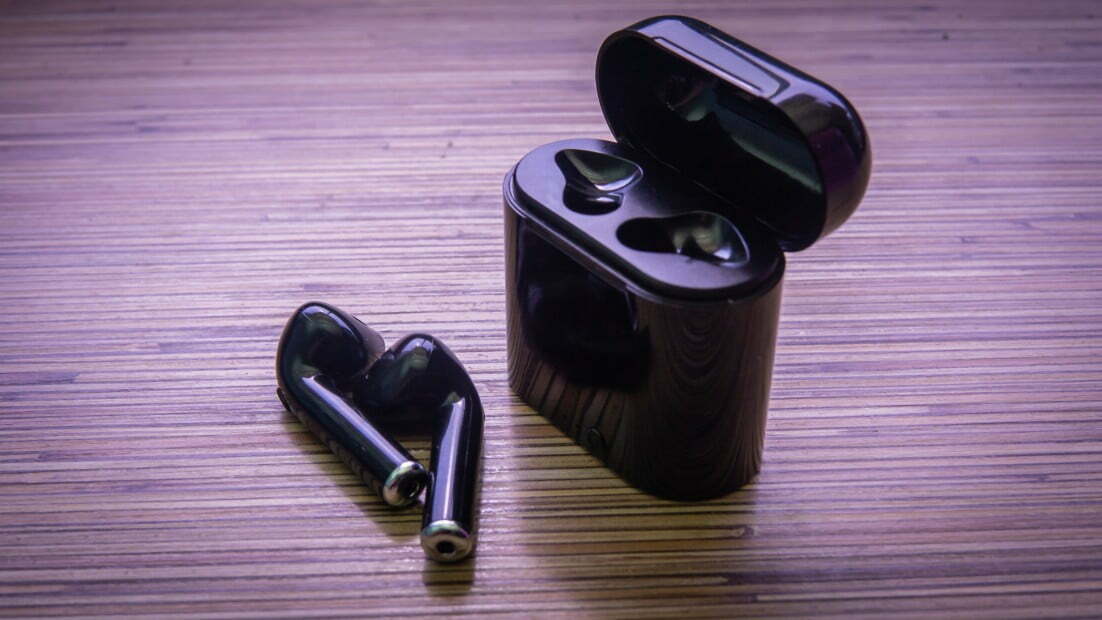


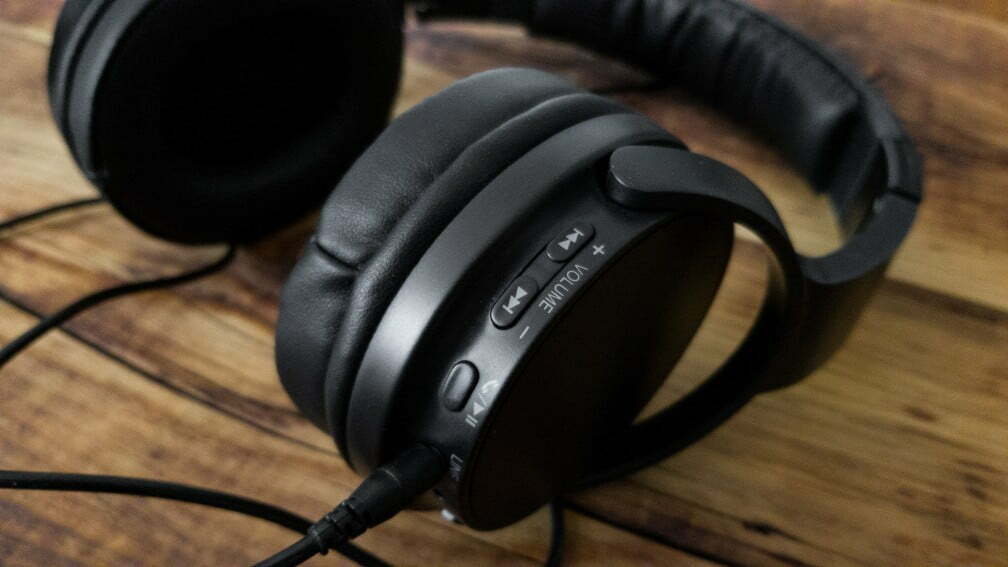





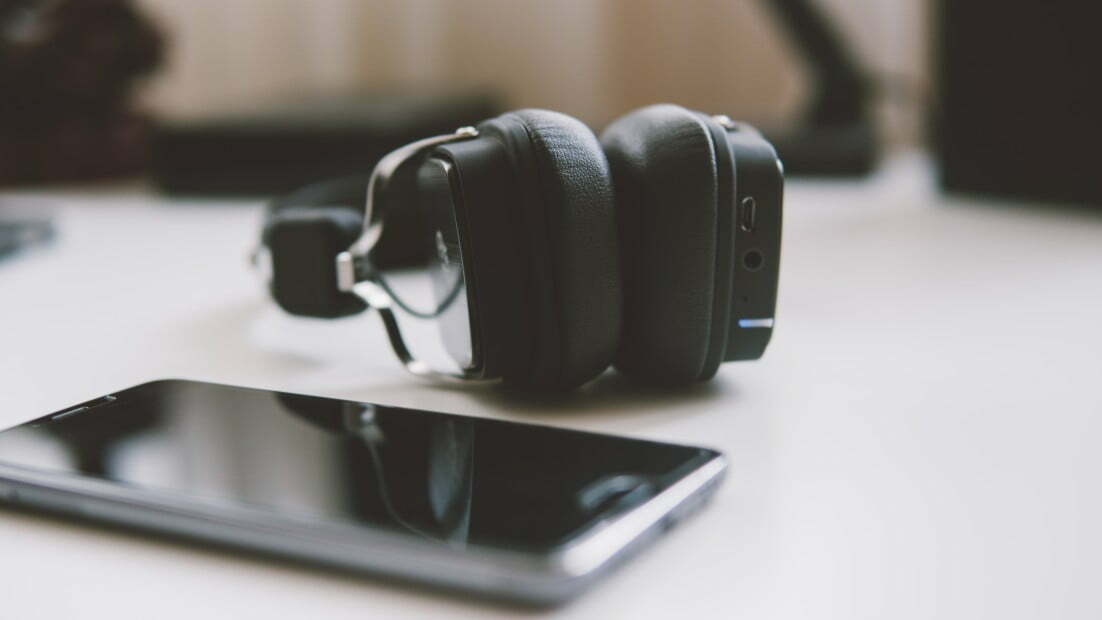
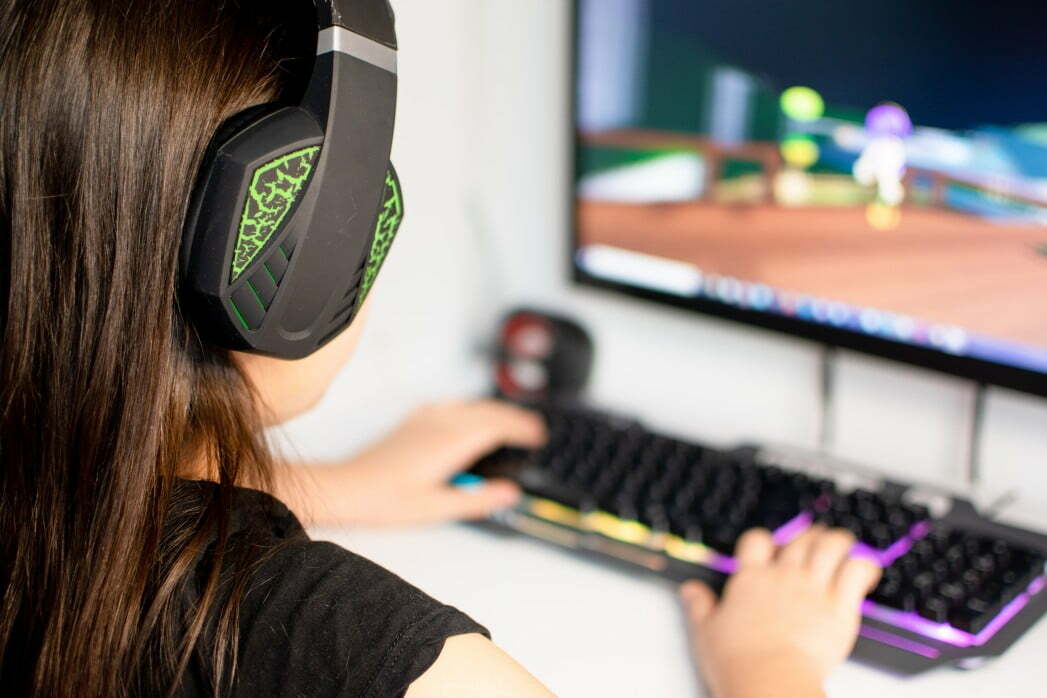
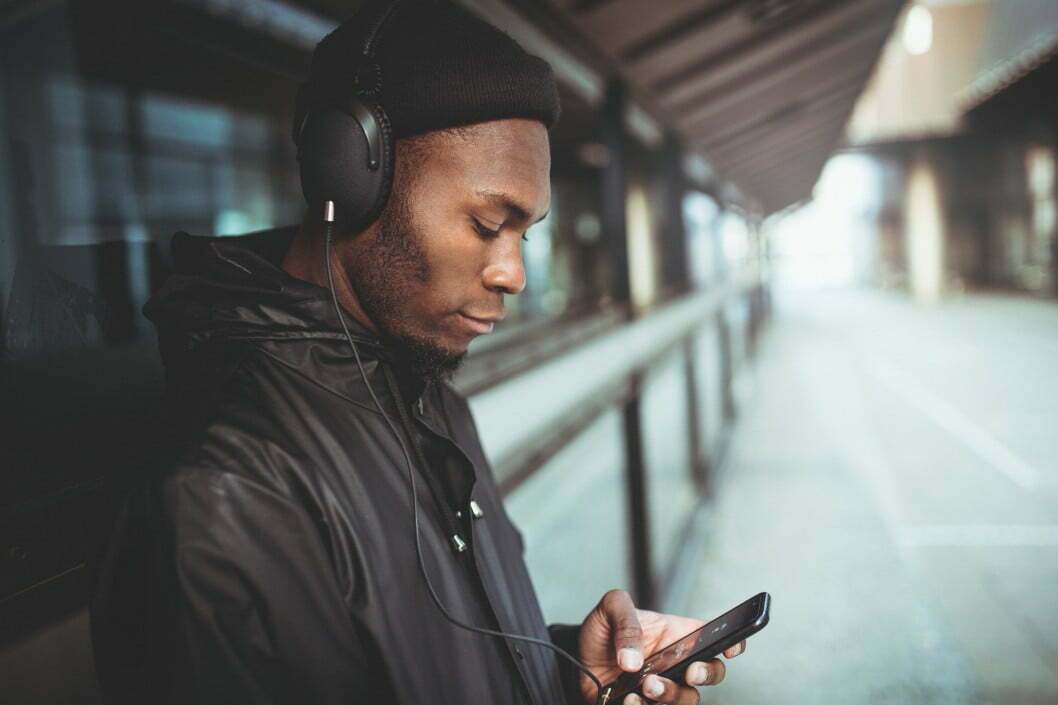


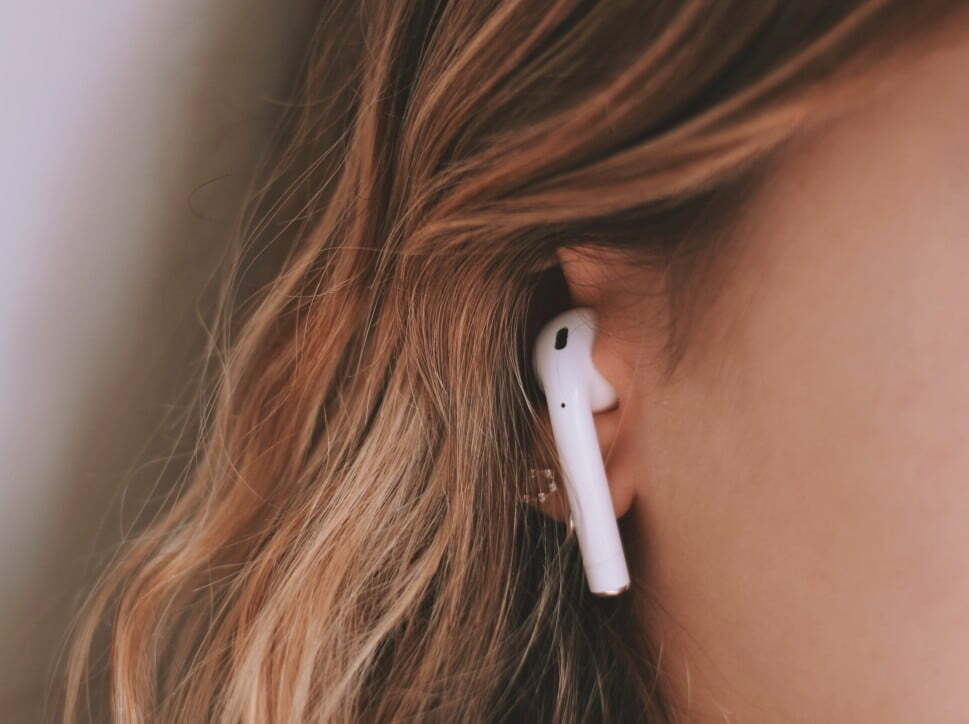
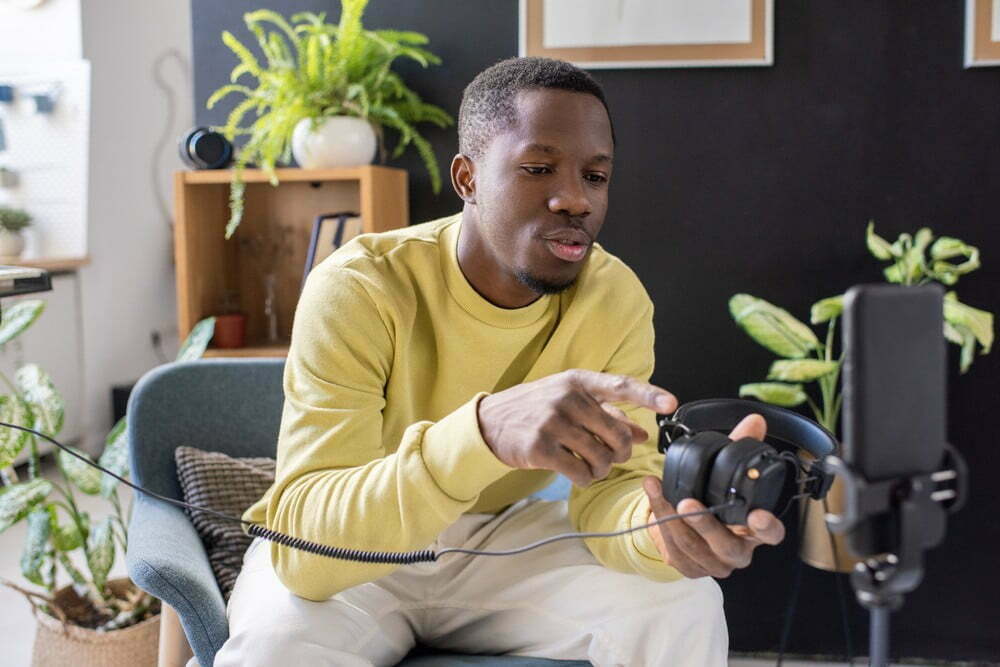
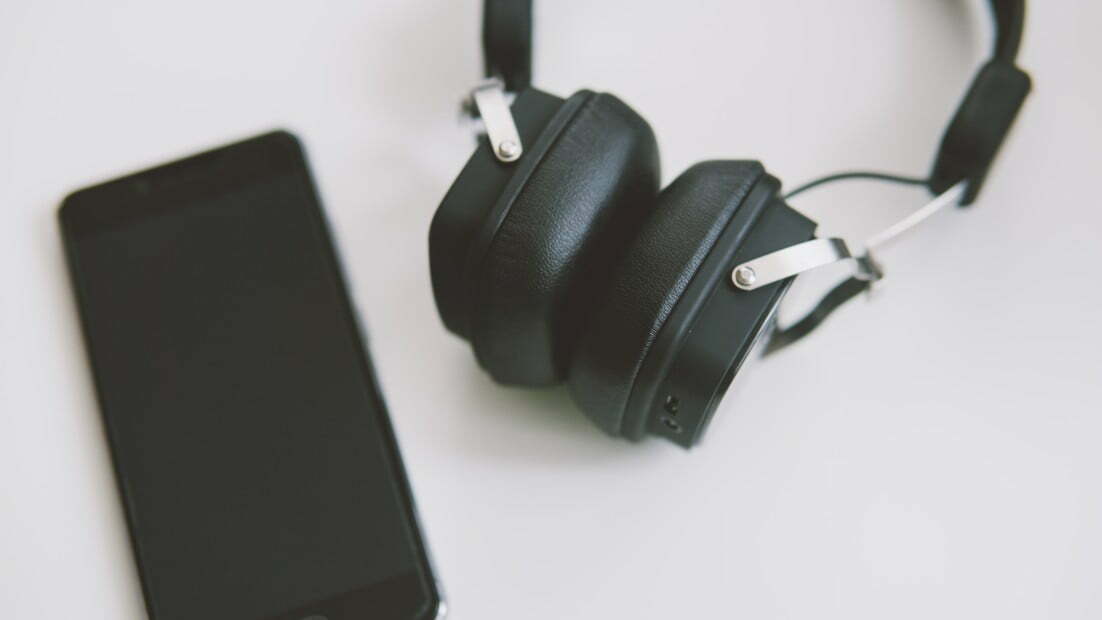
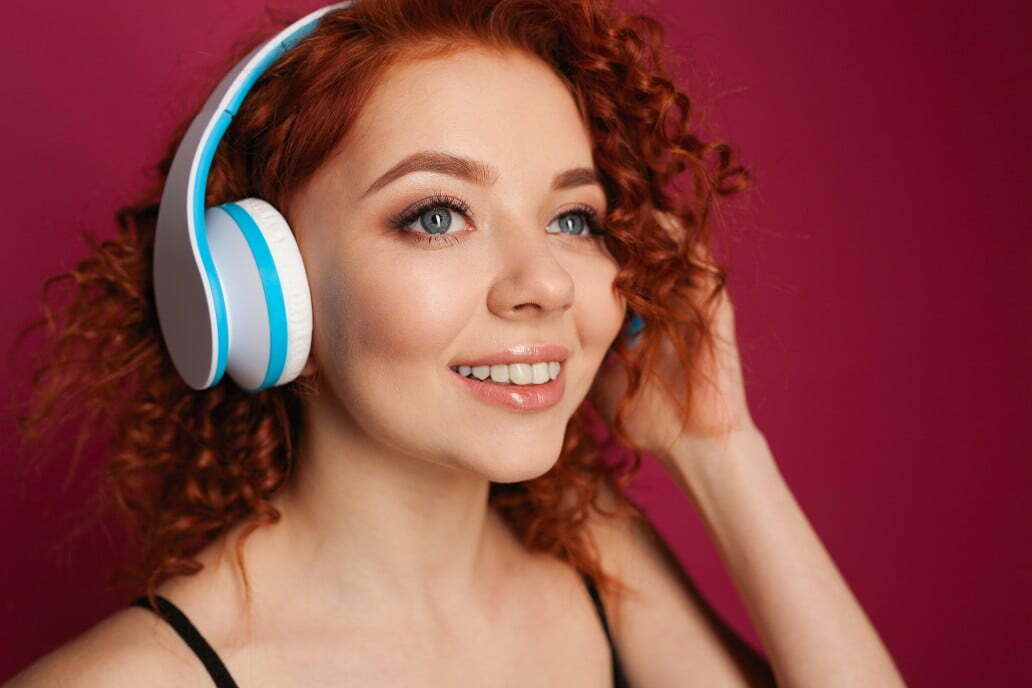
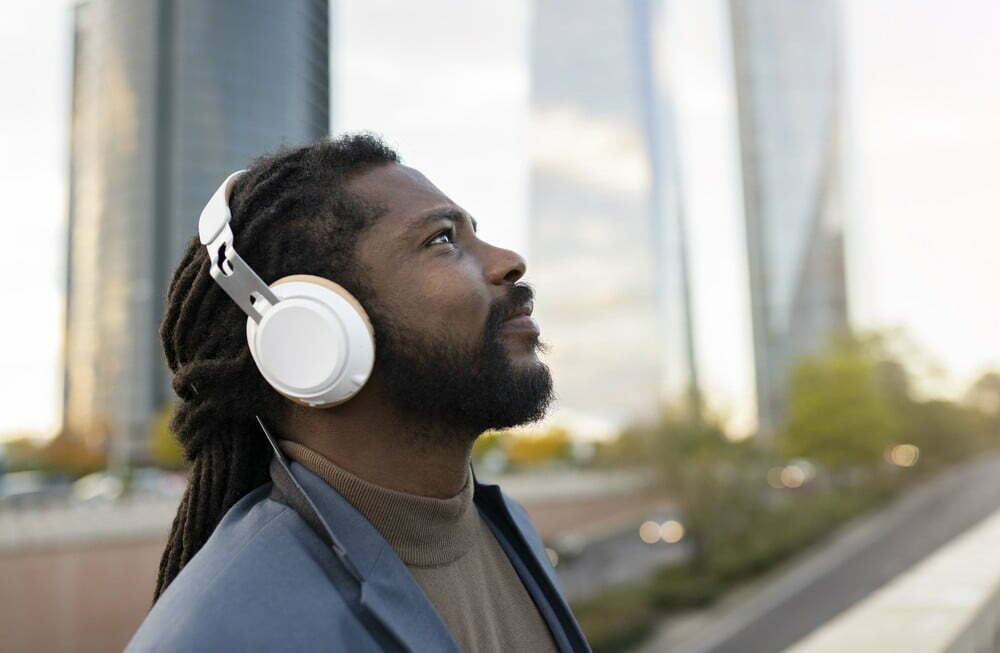
![Best Over-Ear Headphones for Working Out in [year] 37 Best Over-Ear Headphones for Working Out in 2026](https://www.gadgetreview.dev/wp-content/uploads/best-over-ear-headphones-for-working-out-image-scaled.jpg)
![Best Sennheiser Headphones in [year] 38 Best Sennheiser Headphones in 2026](https://www.gadgetreview.dev/wp-content/uploads/best-sennheiser-headphones-image-1.jpg)
![Best Sony Headphones in [year] 39 Best Sony Headphones in 2026](https://www.gadgetreview.dev/wp-content/uploads/best-sony-headphones-image-1.jpg)
![Best Open Back Headphones in [year] 40 Best Open Back Headphones in 2026](https://www.gadgetreview.dev/wp-content/uploads/best-open-back-headphones-image-1.jpg)
![Best Headphones in [year] ([month] Reviews) 41 Best Headphones in 2026 (January Reviews)](https://www.gadgetreview.dev/wp-content/uploads/best-over-the-ear-headphones.jpg)
![Best Noise Cancelling Headphones for Sleeping in [year] 42 Best Noise Cancelling Headphones for Sleeping in 2026](https://www.gadgetreview.dev/wp-content/uploads/best-noise-cancelling-headphones-for-sleeping-image-1.jpg)
![Best Noise-Cancelling True Wireless Earbuds in [year] 43 Best Noise-Cancelling True Wireless Earbuds in 2026](https://www.gadgetreview.dev/wp-content/uploads/best-noise-cancelling-true-wireless-earbuds-image.jpg)
![Best Headphones with a Mic in [year] 44 Best Headphones with a Mic in 2026](https://www.gadgetreview.dev/wp-content/uploads/best-headphones-with-mic-image.jpg)
![Best Headphones for Sleeping in [year] 45 Best Headphones for Sleeping in 2026](https://www.gadgetreview.dev/wp-content/uploads/best-headphones-for-sleeping-image.jpg)
![Best Headphones for Teens in [year] 46 Best Headphones for Teens in 2026](https://www.gadgetreview.dev/wp-content/uploads/best-headphones-for-teens-image.jpg)
![Best Noise Canceling Headphones for Kids in [year] 47 Best Noise Canceling Headphones for Kids in 2026](https://www.gadgetreview.dev/wp-content/uploads/best-noise-cancelling-headphones-for-kids-image.jpg)
![Best Headphones for Music Production in [year] 48 Best Headphones for Music Production in 2026](https://www.gadgetreview.dev/wp-content/uploads/best-headphones-for-music-production-image.jpg)
![Best Wired Headphones in [year] 49 Best Wired Headphones in 2026](https://www.gadgetreview.dev/wp-content/uploads/best-wired-headphones-image.jpg)
![Best USB Headphones in [year] 50 Best USB Headphones in 2026](https://www.gadgetreview.dev/wp-content/uploads/best-usb-headphones-image.jpg)
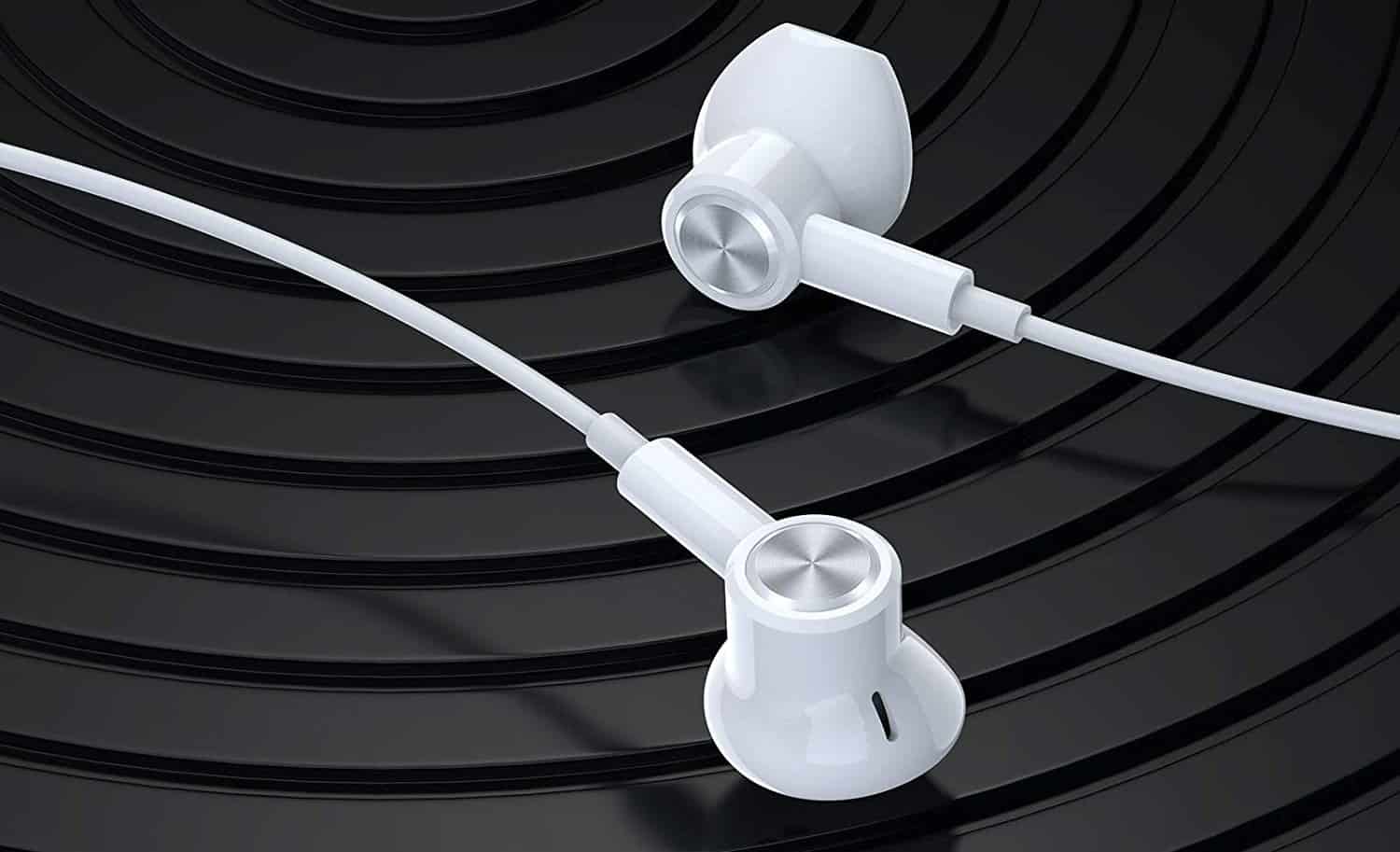
![Best Headphones for Mowing in [year] 52 Best Headphones for Mowing in 2026](https://www.gadgetreview.dev/wp-content/uploads/best-headphones-for-mowing-image.jpg)
![Best Headphones for Music in [year] 53 Best Headphones for Music in 2026](https://www.gadgetreview.dev/wp-content/uploads/best-headphones-for-music-image.jpg)
![Best TV Headphones for Seniors in [year] 54 Best TV Headphones for Seniors in 2026](https://www.gadgetreview.dev/wp-content/uploads/best-tv-headphones-for-seniors-image.jpg)
![Best True Wireless Earbuds in [year] 55 Best True Wireless Earbuds in 2026](https://www.gadgetreview.dev/wp-content/uploads/best-true-wireless-earbud-image.jpg)
![Best Swimming Headphones in [year] 56 Best Swimming Headphones in 2026](https://www.gadgetreview.dev/wp-content/uploads/best-swimming-headphones-image.jpg)






